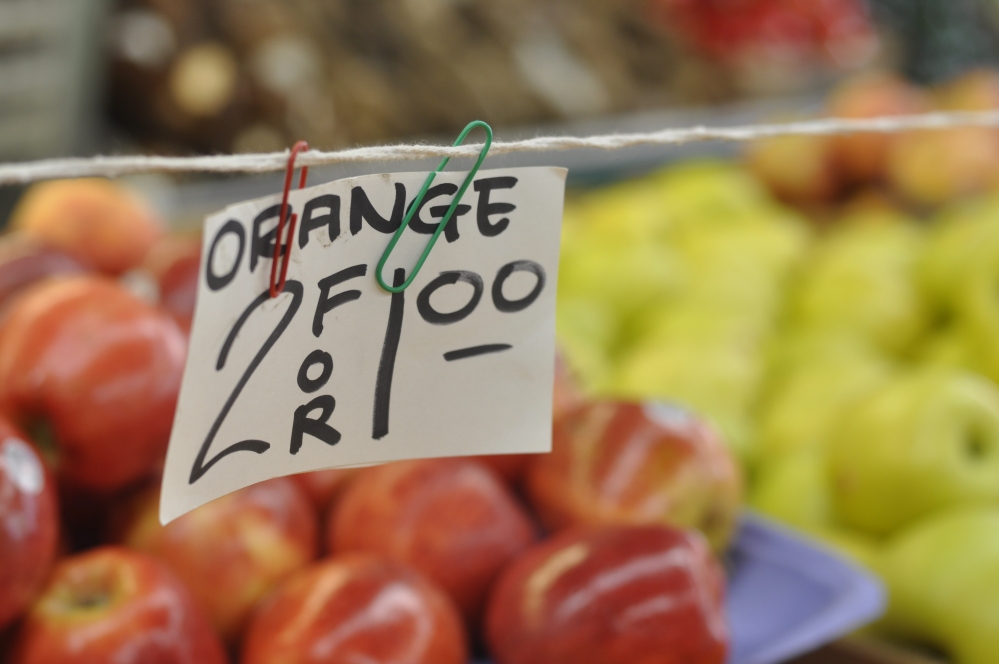By Bridget Whitfield and Blaire Conner
Walking down Grove street in Jersey City, there’s a small artisanal coffee shop on every corner, with plenty of organic food markets, juice bars, yoga studios, and vegetarian restaurants.
But walk a few blocks over, the healthy offerings changes dramatically. With chicken shacks, hole-in-the wall Chinese spots, and $1 pizza, McGinley square in Jersey City is serving high calorie menus to it mostly minority residents.
Melanie Ordway, a registered dietitian for Sodexo, explains the reason for cheaper food offered in this area.
“When there are several fast food locations with what seem to be low-prices, it can be very appealing to minorities or low-income individuals,” Ordway said. “Unfortunately some of these items are not supportive to a healthy lifestyle.”
The median household income in Jersey City is $53,482 dollars, meanwhile the close to 15% of the population are living at or below the poverty level, according to the United States Census in 2014. In Hudson County, 17.7% of people are living at the poverty level.
Lower income areas tend to have low quality and unhealthy food options in the neighborhood and with Jersey City’s diverse minority population, health food options are important.
“Leading a healthy lifestyle is very crucial in preventing chronic diseases such as diabetes, cardiovascular disease and cancer,” Ordway said. “A healthy lifestyle includes a healthy diet and regular physical activity.”
African American adults are 40% more likely to have high blood pressure than non Hispanic whites and African American women have the highest rates of obesity compared to other groups. African American women 20 years and older are 80% more likely to be obese than white women, according to U.S. Dept. of Health and Services, Office of Minority Health.
In 2011, Hispanic Americans were 1.2 times more likely to be obese compared to non-Hispanic whites and 1.7 percent more likely to be diagnosed with diabetes.
Jersey City has some of the highest percentages of minorities in the country, and making health a priority is essential to residents quality of life.
Ordway explains it’s possible to eat healthier on a fixed income.
“There are numerous ways to lead a healthier lifestyle on a budget. Some individuals and families may qualify for food stamps or WIC (women, infants and children). These groups provide financial assistance for groceries and can offer nutrition education and resources,”Ordway said.
“Other tips that come to mind include purchasing in-season fruits and vegetables (versus out-of-season), purchase some items canned (low-sodium) and frozen, create a grocery list and stick to the list when shopping, utilize unit pricing to select the item with the best value, oatmeal, brown rice and whole wheat pasta are budget-friendly whole grain options, learn about grocery store rewards programs, and save money by drinking water rather than soda or sugar-sweetened beverages.”
Fresh fruit vendors available in McGinley Square include Bergen Fruits, Lucky’s Farmers Market, and many other small businesses that are open and providing fresh, affordable, and whole foods to residents.
“We are all human beings and when emotions run high it is common for people to rely on food for comfort. What is important here is that individuals seek out support from community programs and resources”, Ordway said. “At the end of the day choosing to live a healthy lifestyle requires behavior change and that in itself is challenging for all people and not just minorities or low-income individuals.”


